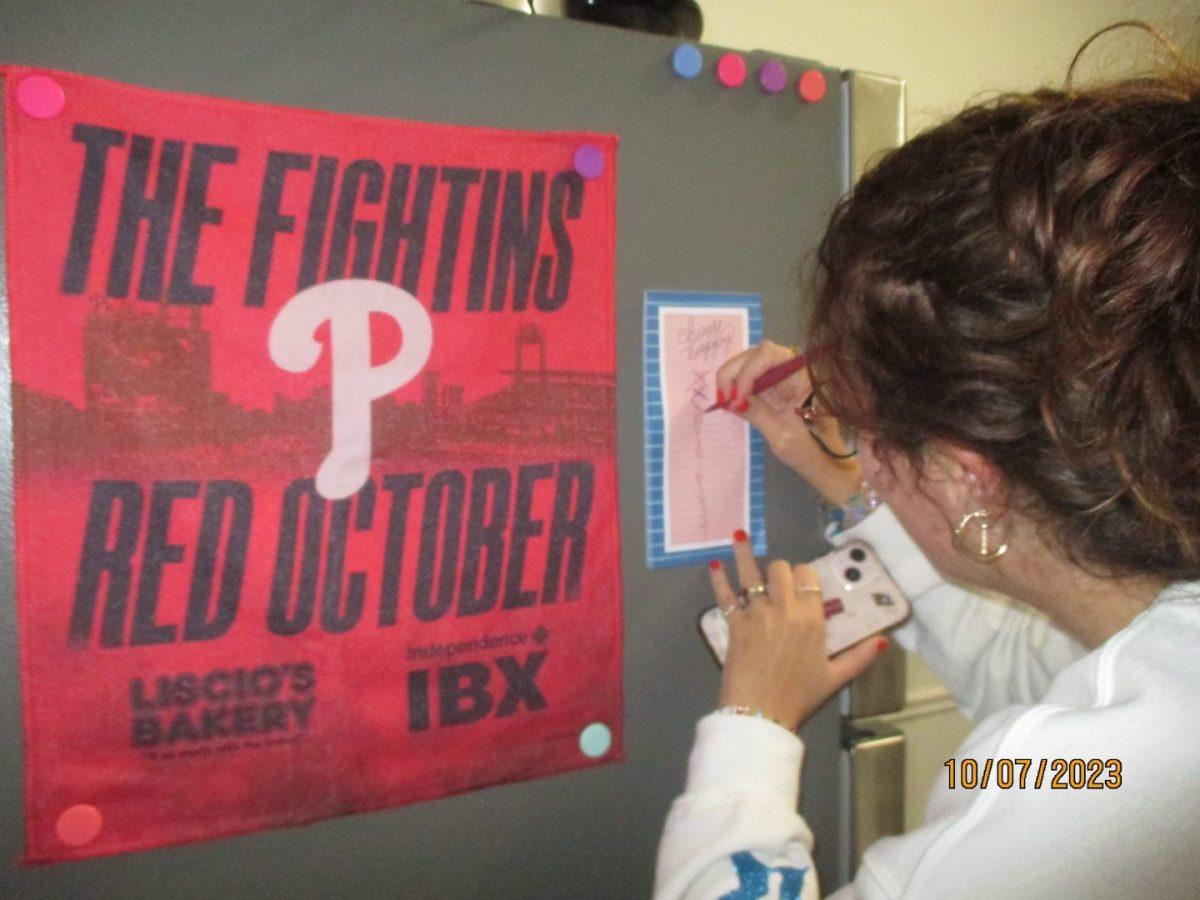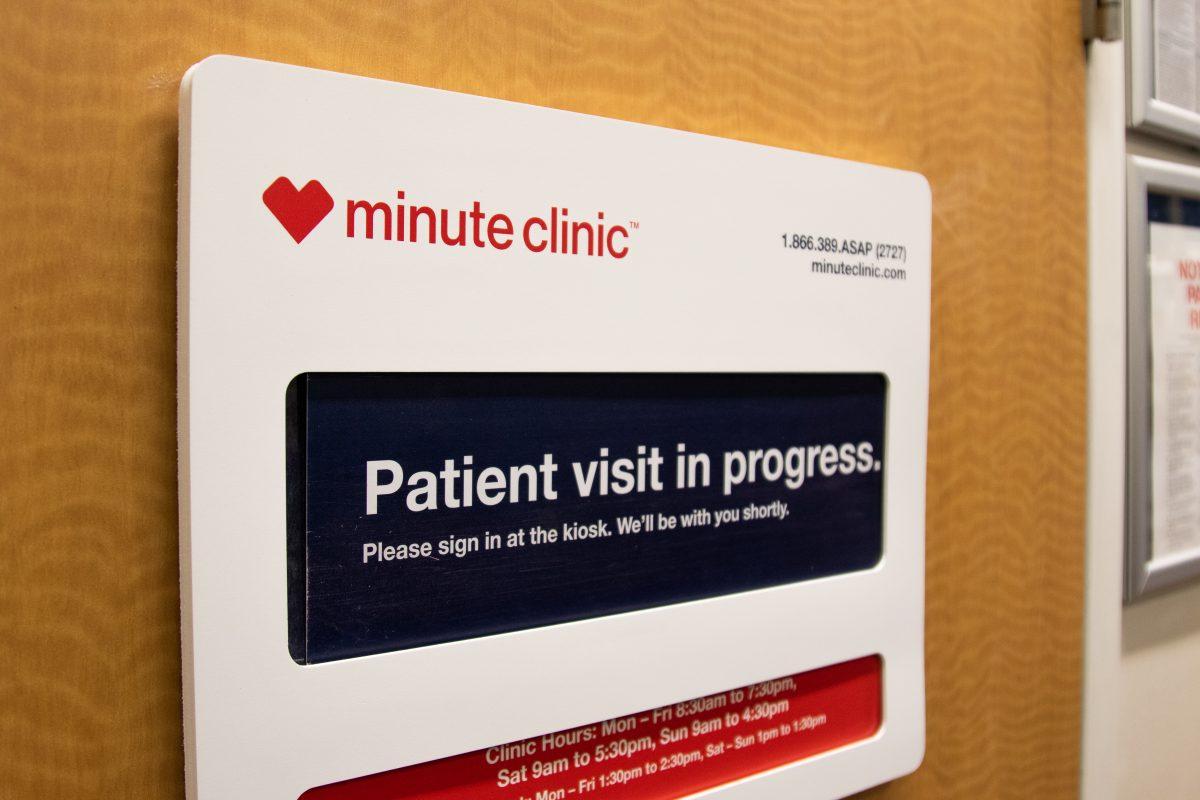Convenience drives industry growth
This article was co-written by Cara Smith ’21
Walk-in clinics found in pharmacies and other retailers are a growing alternative to physician visits and are becoming an increasingly popular option for college students.
In 2006, MinuteClinic partnered with CVS and Target to offer quick and efficient alternative healthcare options in store. In recent years, Rite Aid has followed suit, providing their own option for quick care when they acquired RediClinic.
Options near St. Joe’s campus include a MinuteClinic in the CVS on Lancaster Avenue and a RediClinic in the Rite Aid on City Avenue.
Aidyn Rogers ’21 uses the RediClinic in the Rite Aid on City Avenue when she needs to get vaccines and refill prescriptions.
“It is just faster for me,” Rogers said. “The couple of times I had been there, no one has been there, so it has been a fast process.” Rogers added she likes the nurses who have tended to her.
“I hate needle shots, so they always are like ‘oh, you got this’ and give me a little pep talk,” Rogers said.
Walk-in clinics in Pennsylvania employ nurse practitioners, who can both diagnose conditions and prescribe medications.
Laura Haines, R.N.P, a nurse practitioner at the CVS MinuteClinic in Collegeville, Pa., said the practitioners at CVS’ walk-in clinics provide care for minor illness, minor injuries, skin conditions, wellness checks, screenings, injections, monitoring, prescription management and vaccinations. Walk-in clinics also provide people, such as college students, the ability to get a quick physical or check-up on a deadline.
Alaina Boccino ’20, a captain of the club field hockey team, said the Minute-Clinic is a great resources for busy students who need a physical.
“All of the people that play club sports are extremely busy especially when they are in season and taking classes,” Boccino said. “For people that may live in a different state or have a long drive home to their primary doctor, the MinuteClinic is a lot more convenient.”
Walk-in clinics offer care that is covered by most insurance companies. The copay is identical to that of a visit to a physician rather than an urgent care visit. This pricing excludes the charge for a physical, which has a higher copay. It is possible to make an appointment or simply walk in to receive care.
Thani Jambulingam, Ph.D., chair of the department of pharmaceutical marketing, said convenience is the most influential factor in the growth of these quick care solutions, and that’s why he expects quick healthcare options to continue to expand in the future.
“Convenience is the key driver of healthcare in the future,” Jambulingam said. “ So I think they are trying to meet that need in the future. A lot of these clinics are 24/7, so I can walk in anytime and get my service. It’s all access and a convenience, and that’s what the growth is.”















































